Discover Brixen's diversity
There is always something to do in Brixen and the surrounding area!
Evidence of the richness and power of the Prince-Bishops can still be seen today: artistic monuments such as the Duomo, the Via Crucis of Bressanone, ancient buildings in the historic centre with arches and porticos, extraordinary frescoes and works of art in the Diocesan Museum by the Episcopal Residence, all just a few steps from the Hotel Tallero. The magic and romanticism of this Medieval town engage all the senses and evoke unique emotions.
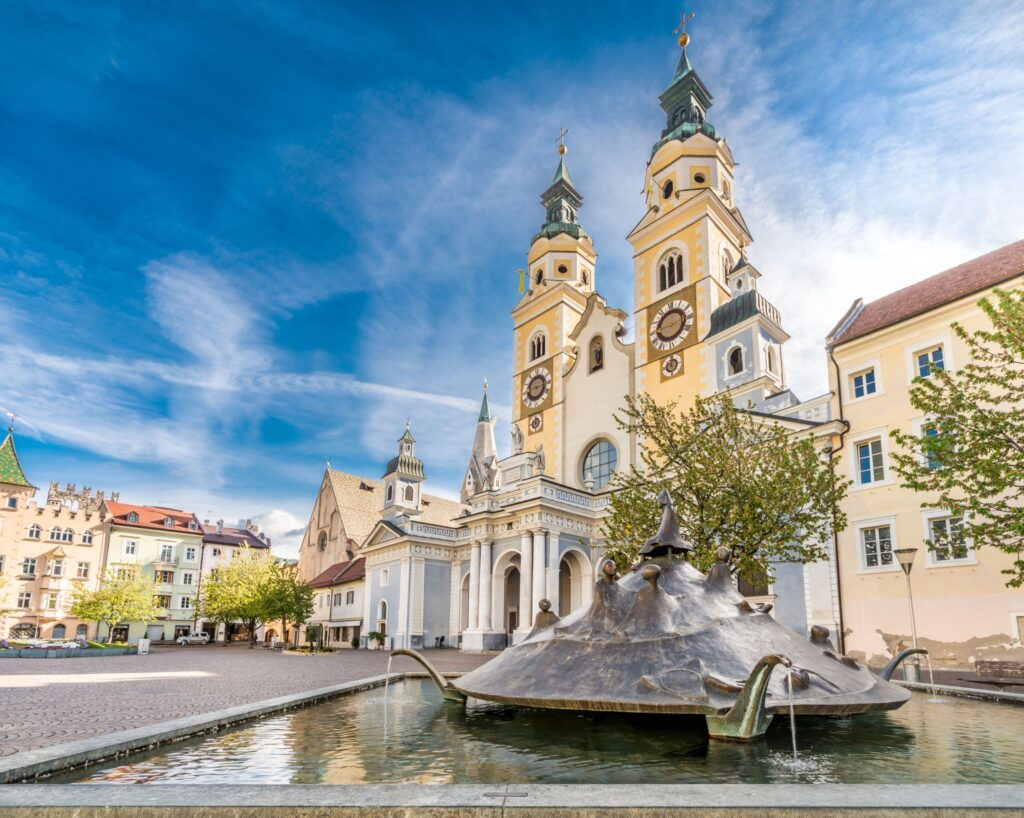
The Bressanone cathedral
In the middle of the picturesque episcopal town of Bressanone is the historic cathedral which dates back to 980 AD. Over the years the building has often been redesigned and the current Baroque style was created in the 18th century. At the time, the cathedral was provided with a late Gothic Madonna and was decorated by frescos and paintings by Paul Troger from Monguelfo. A classic atrium was designed by Jakob Pirchstaller and Theodor Benedetti created the high altar.
In addition to the cathedral, the Roman-Gothic cloister with its beautiful, square courtyard and artistic frescos is also worth a visit.
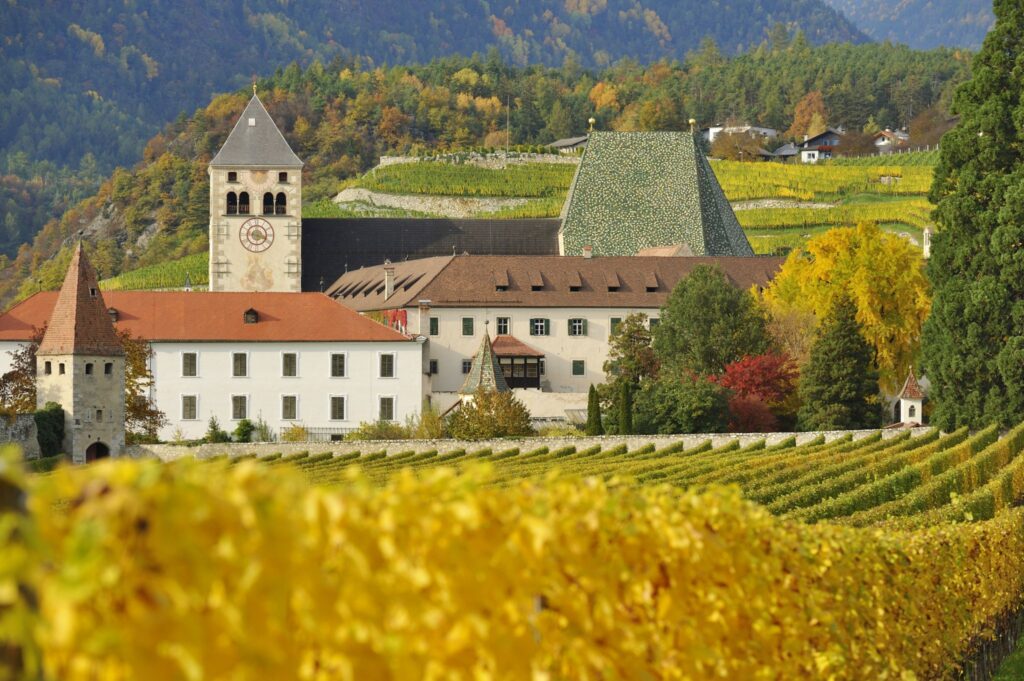
Novacella monastery
The Augustinian monastery at Novacella in Varna with its late Baroque abbey church is still a lively, active establishment. Bishop Hartmann of Bressanone founded the monastery in 1142 and over the years the monastery has built up a collection of treasures of great art-historical value. In addition to the abbey church these include the valuable library, the Gothic cloister, the art gallery, the tomb of the minstrel Oswald von Wolkenstein and the miraculous fountain in the courtyard which is said to be the eighth wonder of the world.
The Novacella monastery is also one of the most important vineyards in South Tyrol producing top quality wines such as Müller-Thurgau, Sylvaner and Kerner.
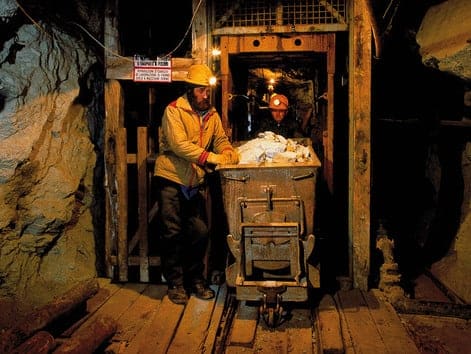
The Ridanna Mine
Monteneve
Below the mountain crest that separates Val Passiria from Val Ridanna, the Ridanna mine, which was re-opened in 1985, gives you the opportunity to experience the world of medieval mining up close.
Since the 11th century, silver, lead and zinc have been mined from Monteneve. In its heyday in around 1500 approx. 1,000 miners brought great riches to the Fugger town of Vipiteno. In the re-opened showroom of the mine you can follow the entire production chain and view the still-working facilities.
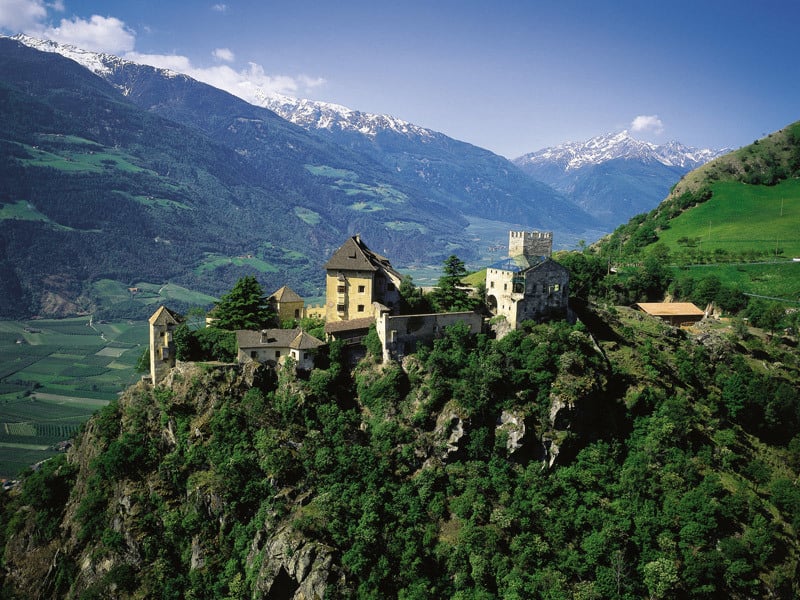
Messner Mountain Museum
Juval Castle
Built in the year 1250 at the gateway to Val Senales this majestic castle, owned by the endurance mountaineer Reinhold Messner, is now a vineyard, an organic farm, a wine restaurant and a museum.
The Messner Mountain Museum Juval is one of five museums belonging to a comprehensive project exploring the relationship between people and mountains. Juval Castle displays everything surrounding the “Myth of the Mountain” by means of various art collections. These include Messner’s mask collection from five continents, a gallery spanning several floors with images from holy mountains, a Tibetan collection, a Tantra room and the expedition cellar.
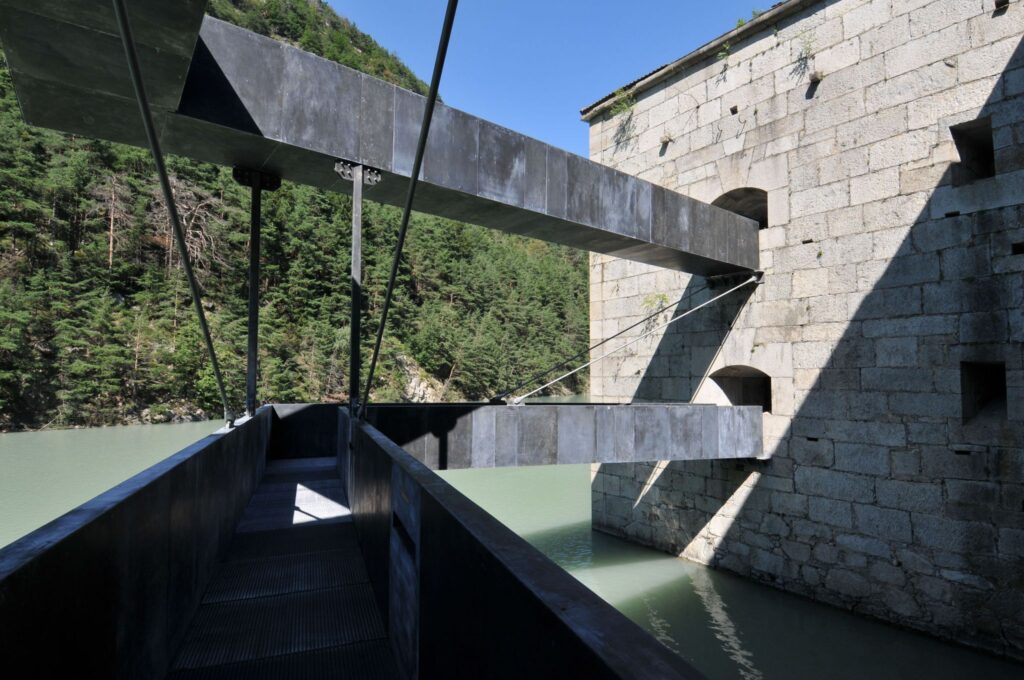
The fort at Fortezza
The fort was built between 1832 and 1838 by as many as 4,500 men and at the time of its construction was the strongest fortress in Europe. Named after Emperor Francis I, the castle is a maze of passages and stairways and for the time was a definitive, logistical masterpiece. The fort, which was rapidly overtaken in terms of technology, was never a theatre of war, but was primarily used as a weapons store.
Today the fort houses many events and exhibitions and can be visited with a guide.
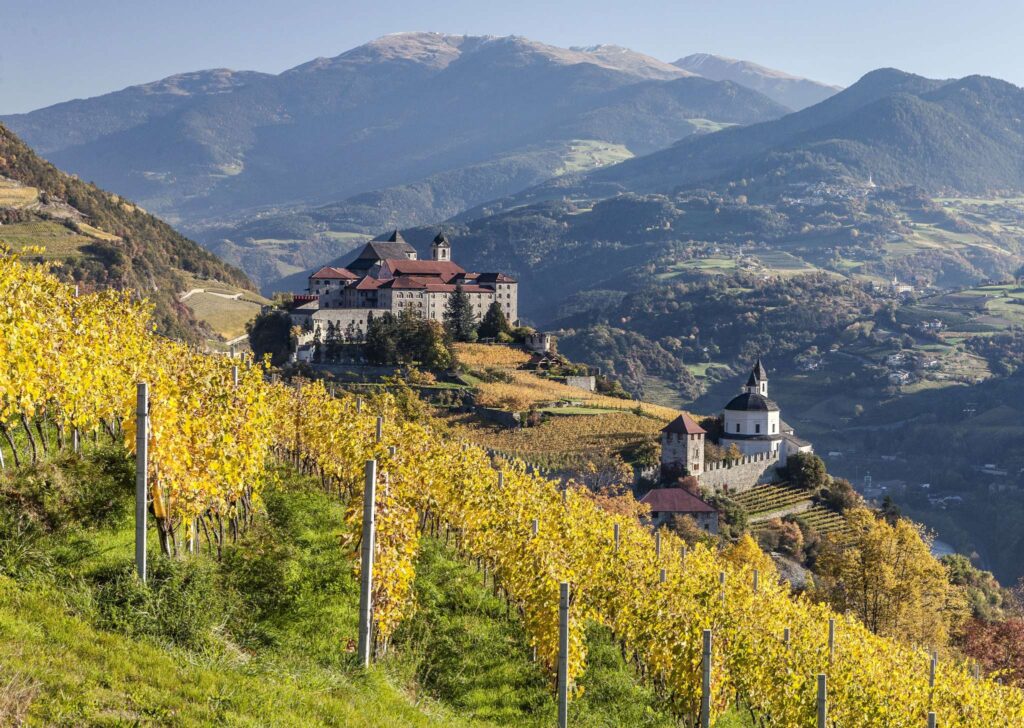
Sabiona abbey
Chiusa
High above Chiusa the majestic Sabiona abbey sits on a mighty rock known as the “holy mountain”. The area was already settled during the New Stone Age and the abbey is one of the oldest pilgrimage destinations in Tyrol. It is from here that the Christian faith is said to have spread throughout South Tyrol. Since the 17th century the abbey has been occupied by Benedictine nuns and for some time was also the bishop’s see.
The abbey can be reached from Chiusa town centre via a crossroads and a promenade. Four churches belong to the abbey and are popular destinations for pilgrims: the Church of Our Lady (Liebfrauenkirche), St. Mary’s Chapel (Marienkappelle), the convent church (Klosterkirche) and the Church of the Holy Cross (Heilig Kreuz Kirche). Due to the strict Benedictine rules, the abbey itself is only accessible to the nuns.
